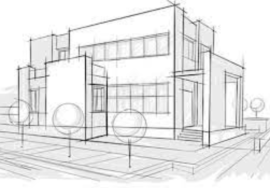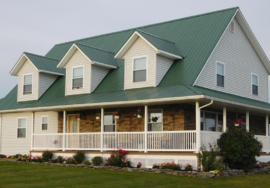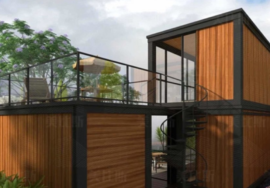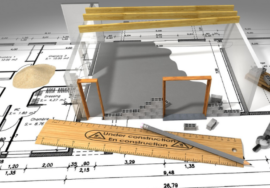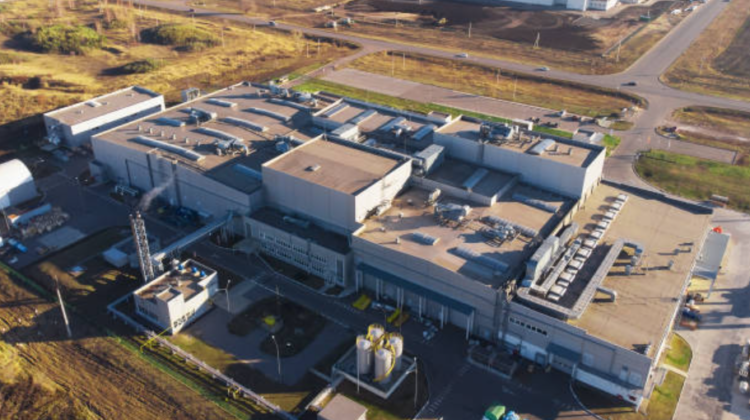
Should the World Go Modular? 8% of the Work Done in a Factory
Over the last few years, modular construction has grown in popularity in the United States and around the world, with several countries even passing laws to increase their use. The question remains, though – why? Should the world go modular? And what exactly does modular mean in this context? To answer these questions, here are eight statistics about modular construction that might convince you that it’s worth exploring for your next project.
Is it Time to Move from Prefabricated to Modular Construction?
Prefabricated homes are fabricated off-site and then transported to their destination and assembled into permanent structures. Modular construction is similar, except it’s even more customized, since the units are constructed inside a factory but then shipped out to be completed at their final destination. This results in less waste during assembly because everything (including electrical wires) is already set up and everything fits together like puzzle pieces. These houses also require significantly less on-site construction work (and jobs). All told, modular construction could lower costs significantly for buyers and builders – particularly if you’re building an affordable housing project with very limited budget or workforce. And for that reason alone, it’s worth considering why we haven’t seen much growth in modular construction yet.
Site Work Might Be Cheaper
Why spend more money on site work like concrete foundations and framing when you can do most of that work in an off-site factory. Where many modular projects fall short is once they reach site; that’s when it starts to feel like construction again, which is why modular buildings aren’t considered to be as green as some other building methods. To reduce both your costs and your environmental impact, look for opportunities for on-site assembly with specialized equipment like cranes and forklifts. If that means hiring extra labor or paying overtime, so be it – if you’re going green then there should be a social cost associated with every decision.
Labour Costs Are Always Lower with Modular Buildings
As it turns out, modular construction has another big advantage that is often overlooked. It’s all about labour costs: using a factory saves time and money on the job site, and for some projects, labour costs account for up to two-thirds of overall project costs. Using traditional construction methods means having on-site work crews manage everything from pouring concrete footings to installing windows and wiring. Those workers’ salaries and benefits are factored into every building project, so choosing modular over stick-built can save hundreds of thousands—even millions—of dollars over decades. Traditional construction also requires large crews: laying cement foundations typically requires at least 20 workers; installing floor joists can take 50 or more people.
The Best Productivity Techniques Are In Use
There are hundreds of tricks to boost productivity. But if you look at top experts like Tim Ferriss, Dan Sullivan, Peter Drucker and even Warren Buffett, what do they all have in common? They are doing many things that just aren’t working for everyone else. A great example is Dan Sullivan from Strategic Coach who says one should not have more than three priorities at once. That may work for him but it doesn’t work for most people I know. What does make sense is to be aware of your tendencies and doing something that stops you from working on three things at once.
Specialized Tools Make Standardization Possible
Without specialized tools, standardization would be very difficult to achieve. For example, all 1 x 4’s are not created equal; they vary slightly in width and some manufacturers use different types of wood. Specialized saws allow a factory to make sure that every piece fits together just right. Different U-shaped frames are used to cut pieces that require large notches (like where pipes come through walls) or small ones (like electrical sockets). The system isn’t perfect, but it is getting better and better over time as innovations lead to new tools and machines.
Multiple Builders Can Operate Simultaneously
Since modular buildings arrive at their final site 90 to 95 percent complete, multiple builders can operate simultaneously. This also shortens construction time by months—in some cases, years. According to Canada’s Carleton University, modular construction is up to five times faster than conventional construction (16 months versus 80). Thanks to factory-made modules, projects that might otherwise have taken years can be finished well within one year. A school built with conventional methods takes two and a half years; but with modular design and prefabrication, it only takes 90 days.
Communication Is Easier
Modular buildings don’t just arrive at site almost fully-assembled; they also arrive with all their systems and services pre-installed. This eliminates one of construction’s most time-consuming, complex and error-prone parts: communication. There are no language barriers between tradesmen, each module arrives with clear installation instructions and there are less variables to factor into production – everything arrives ready to go. To put it simply, modular construction makes building better . A factory is an assembly line producing hundreds or thousands of units in an almost identical fashion. If you can cut down time spent on those activities that aren’t specific to your project, then you should use a modular manufacturer to help you do so.
Ready Now, but Later Too
While modular buildings are built almost entirely in a factory, they arrive at site 98% complete and ready to occupy. The remaining 2% is done later when it’s most convenient for you. This is one of three ways that modular construction saves time and money. These buildings also have 25-year structural warranties; but if you can take care of them for just four years, you pay nothing after that! They’re also designed to perform during an earthquake or hurricane, so there’s no need to worry about post-disaster repairs. If you don’t need it right away, then modular may be perfect for your project!


